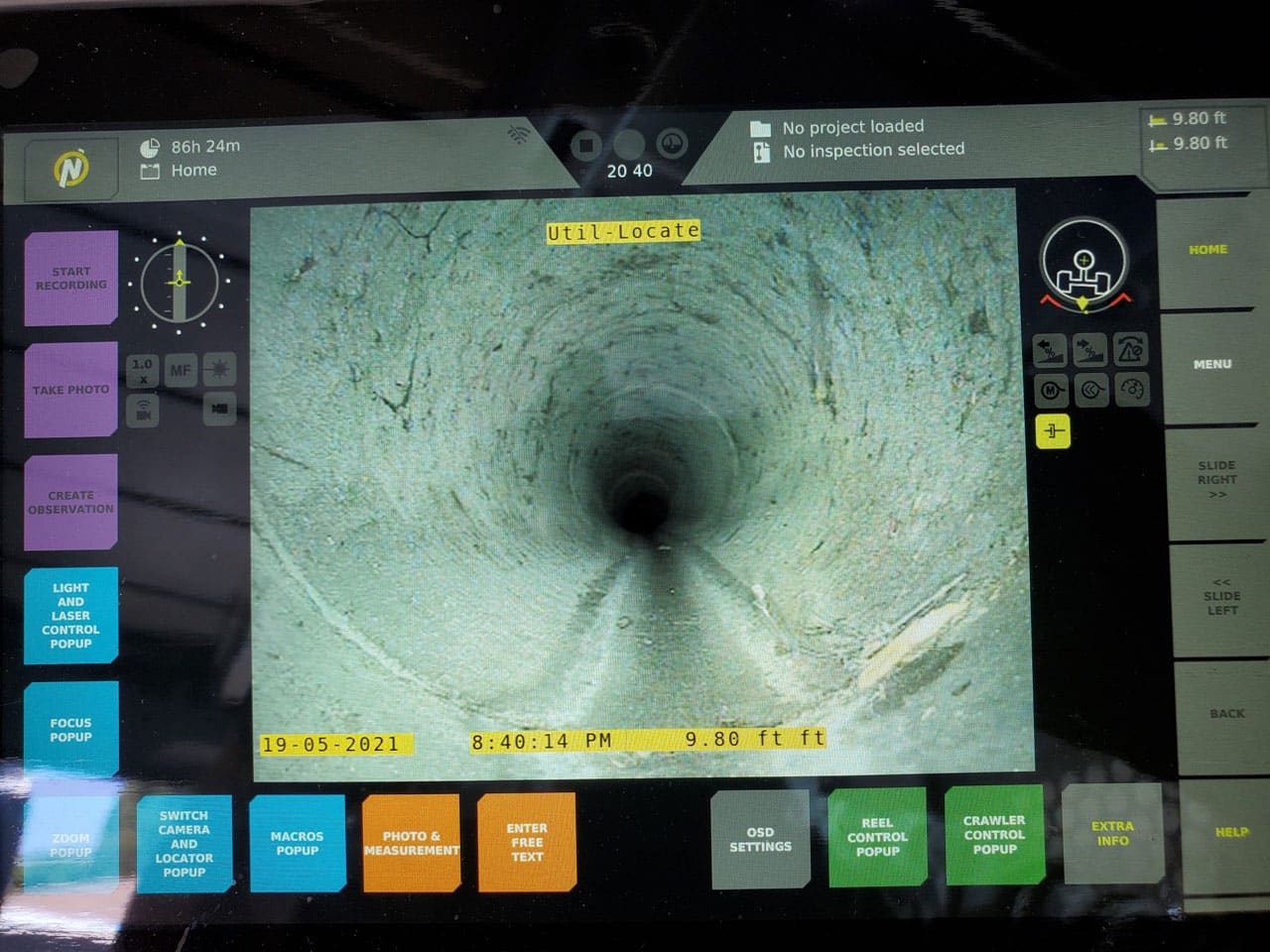Doing any type of digging in your yard without knowing the location of utility lines will increase your risk of damage. This can result in flooding your yard or even your entire home, which can be extremely costly to fix. Therefore, hiring a utility locating service can ensure the safety of everyone and your property.
A utility locator with a metal detector won’t work for most water pipes because they are made of PVC or similar materials. PVC pipes aren’t easy to find. In addition, not every underground utility locator is able to perform this task because of the use of a special process.
Finding and mapping underground pipes is challenging without the right information and tools. A property diagram with an incorrect property location, an outdated utility map, and an unreliable tool can all be in conflict with each other.
When you must locate pipes and cables without disrupting the soil of the site, it’s especially frustrating. Our infrastructure is so complex that it’s a wonder anything gets found so deep underground.
How Do Underground Utility Locators Work?
Various utility locators use similar techniques, but they do differ in some ways. They provide a strong signal that can be detected by handheld locators from the surface through induction by injecting an electrical signal, either directly or indirectly.
A basic distinction must be made before we can compare location techniques and signal types. A locator typically connects to a network using a receiver and a transmitter. This handheld receiver is easy to sweep above the ground.
An electrical supply or pipe is connected to the transmitter, or the transmitter is fed through the pipe. This way, the cable or pipe is located with the devices by sending a low-frequency radio current that establishes a connection.
Different Methods for Pipe Location
Utility line locators can both detect metal and plastic pipes underground, so you will need one to find underground water pipes. This material could be made from either metal or plastic, depending on where you’re currently working.
It is, therefore, important to use equipment that can locate both if you want to get the best results.
Acoustic Method
Workers tried to trace PVC water lines by banging on aboveground structures with their ears to the ground without using advanced technology. PVC pipe vibrations were detected more easily with ground rods and probes, and rods could be manually inserted into the ground to locate and trace the pipe.
Using a sensitive ground probe, the length of the PVC pipe will be listened to and followed. Since this method uses acoustics, ambient noise in the area may limit the ability of the operator to hear the signal. Huge machinery, busy roads, and busy streets can all interfere.
Ground Penetrating Radar
Due to its ability to locate both metallic and non-metallic objects, ground-penetrating radar (GPR) can be useful for finding underground water pipes. It requires some more time due to installing a leak detection device at the access point, removing the hydrant’s cap, and pressurizing it correctly.
Unlike traditional radars, ground-penetrating radars transmit electromagnetic radiation using antennas attached to rolling carts. You can apply the same principle if you are familiar with how sonar frequencies work. An antenna receives a wave that bounces back after hitting an object. Visual feedback is provided to the operator by the system based on this reflection.
Why Should I Use GPR for Locating Pipes?
There is an increase in the density and complexity of underground infrastructures nowadays. No matter how well plans are laid, diagrams, maps, and schematics don’t always reflect the truth. The non-destructive yet highly effective technique of GPR is extremely useful in these challenging situations.
A company that utilizes a pipe locator and cable locator to locate underground lines has a razor-sharp advantage over a company that doesn’t. The most important benefit of GPR is its ability to provide accurate information concerning what lies underneath the ground.
The data is available in real-time and shared with other project participants. No matter what kind of construction project you’re planning or digging a hole in, reliable data facilitates decision-making. A GPR system can deliver accurate 3D data of the subsurface without ever having to sink a shovel, delivering unprecedented clarity.
Consider Hiring Professionals to Locate Your Pipes
In every job, our team ensures safety, accuracy, confidence, and efficiency. Planning well, adhering to safety practices diligently, and maintaining quality compliance are important factors contributing to the success of any project. If underground obstacles threaten you and the people in your community, we can help you find them in time.
All home or business service requests are handled promptly and efficiently by our highly skilled and experienced technicians. If you have any questions or if you are in need of CCTV pipe inspection or utility locating service, don’t hesitate to call us at 888-88 56228 at Util-Locate today!

